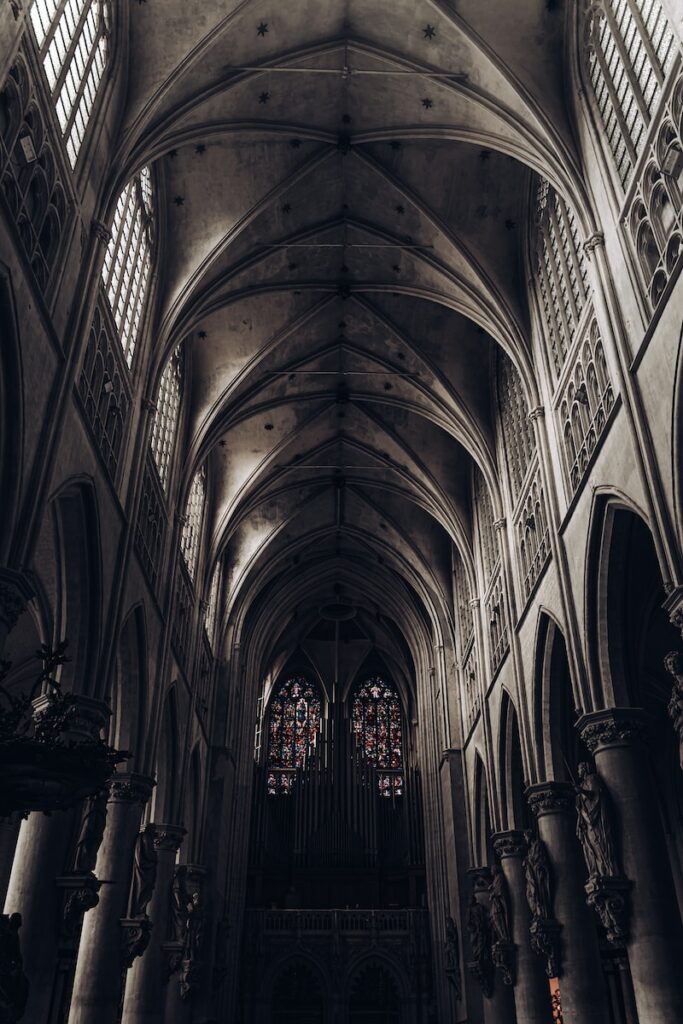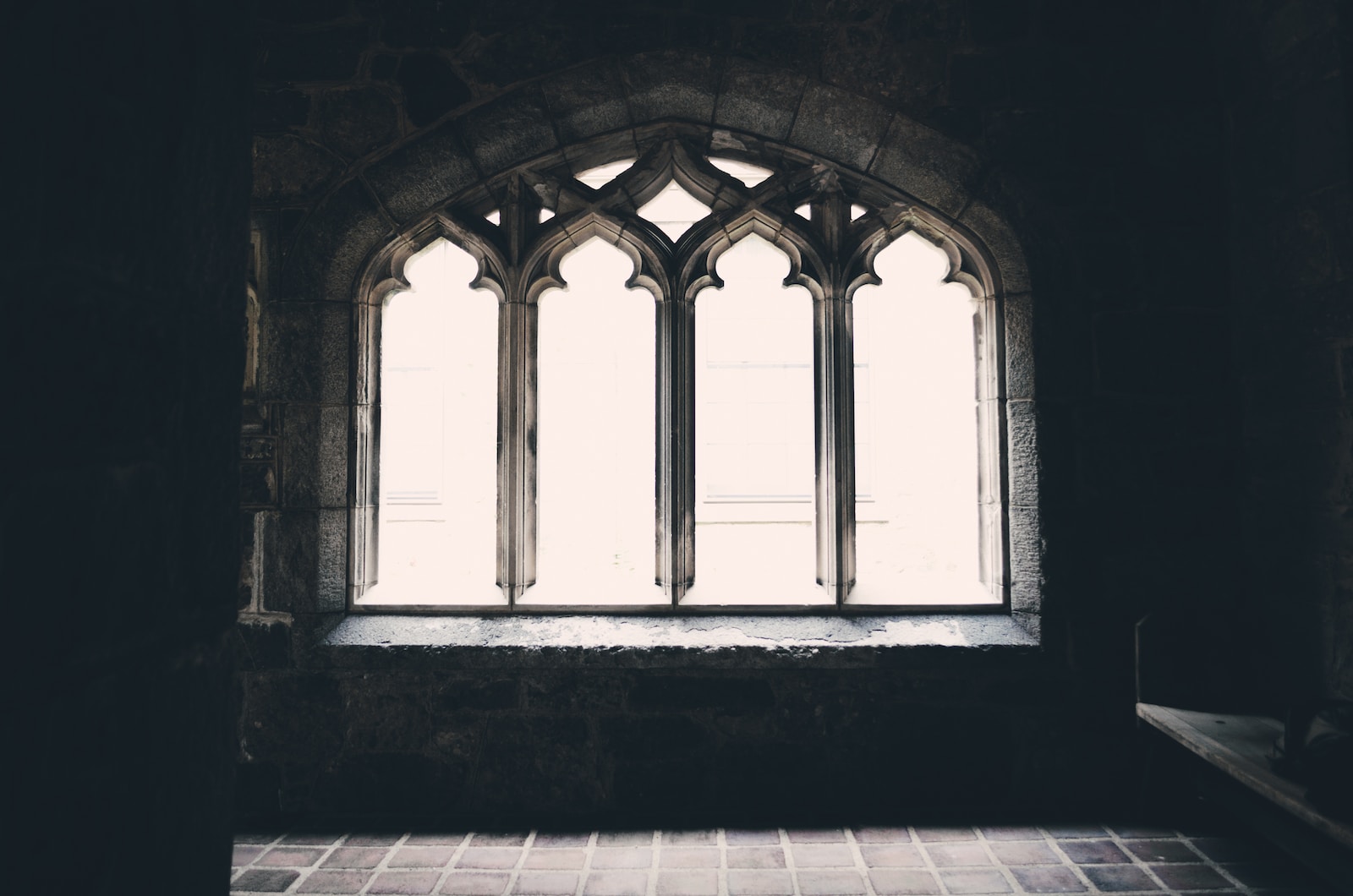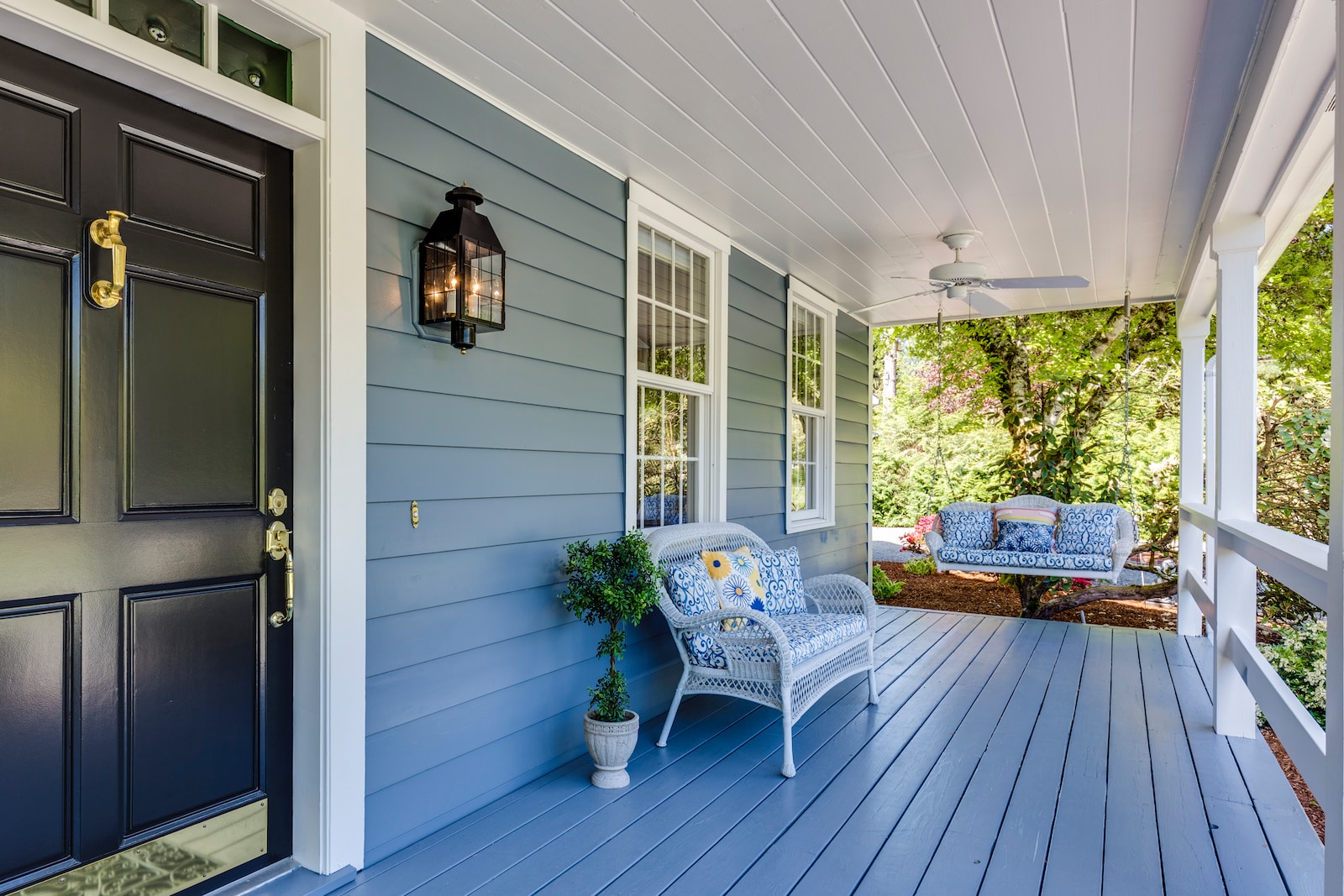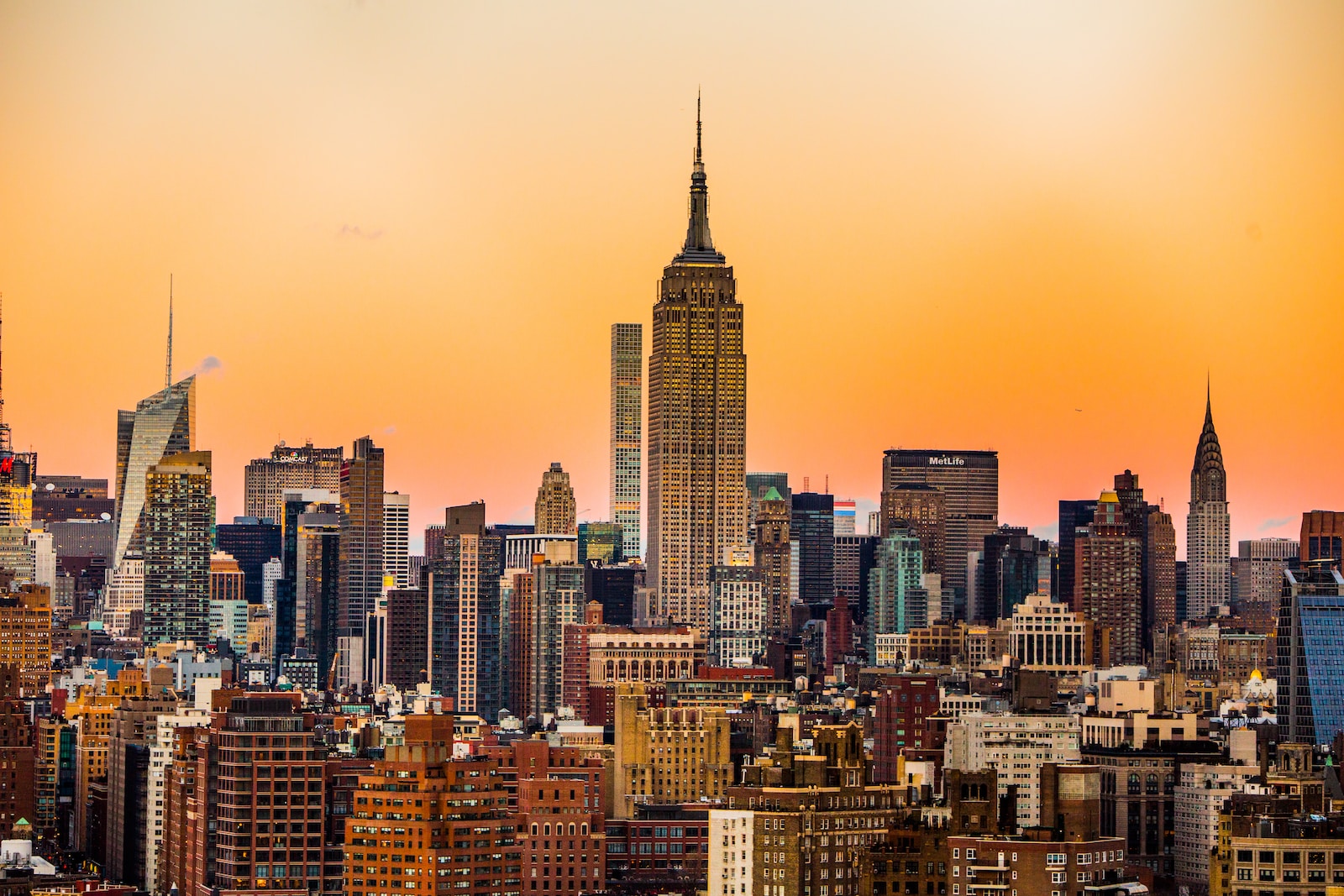Welcome to “Capturing the Spirit of Gothic Architecture”! Prepare to embark on a mesmerizing journey through the world of gothic architecture photography. Delve into the enchanting realm of intricate stone carvings, towering spires, and captivating stained glass. Discover the techniques and secrets behind capturing the essence of these historical monuments through the lens of architectural photography. Join us as we explore the breathtaking beauty and haunting allure of gothic architecture in this captivating blog.
Table of Contents
- The Magnificence of Gothic Architecture
- Preserving History
- My Story: Exploring the Beauty of Gothic Architecture
- The Passion Lives On
- Frequently Asked Questions
- 1. What is gothic architecture?
- 2. What makes gothic architecture so unique?
- 3. How can I capture the spirit of gothic architecture in my photography?
- 4. Are there any special techniques to photographing gothic architecture?
- 5. What are some famous examples of gothic architecture?
- 6. How can I learn more about gothic architecture?
- Wrap Up
The Magnificence of Gothic Architecture
A Glimpse into the Past
Step back in time and embrace the rich history of gothic architecture. Originating in the 12th century, this architectural style flourished in Europe for several centuries. Its soaring vertical lines, pointed arches, ribbed vaults, and elaborate ornamentation continue to awe and inspire visitors to this day. Gothic cathedrals, with their grandeur and imposing presence, served as a testament to the creativity and craftsmanship of medieval builders.
The Allure of Gothic Details
One of the most captivating aspects of gothic architecture is the intricate detailing found in every nook and cranny. From the delicately carved stone gargoyles perched on the corners of buildings to the mesmerizing patterns of tracery in stained glass windows, these details have withstood the test of time. They are a reflection of the skill and dedication put into crafting each element of gothic structures, inviting us to marvel at their beauty.
Unleashing the Power of Architectural Photography
Architectural photography, when done right, has the power to immortalize the essence of gothic architecture. It allows us to capture the interplay of light and shadows, showcasing the intricate details and capturing the inherent drama within these structures. This genre of photography demands patience, precision, and technical expertise to truly convey the magnificence and spirit of gothic architecture.
Mastering the Technique
To capture the intricate beauty of gothic architecture, it is essential to understand the technical aspects of architectural photography. From selecting the right equipment and lenses to experimenting with angles, compositions, and exposure, each decision plays a crucial role in bringing out the essence of these magnificent structures. Discover the secrets behind capturing the grandeur and mystery of gothic buildings through the lens of your camera.
Exploring Different Perspectives
Take a step back and embrace the awe-inspiring scale of gothic architecture by capturing wide-angle shots that encompass the entire structure. Alternatively, zoom in on intricate details, allowing viewers to appreciate the craftsmanship up close. Experiment with various angles and explore unconventional viewpoints to add a unique touch to your photographs.
Playing with Light and Shadows
Lighting is key in gothic architecture photography, as it can enhance the drama and depth within a scene. Capture the magical interplay of light filtering through stained glass windows or casting dramatic shadows across stone carvings. Visit gothic buildings at different times of the day to make the most of natural lighting conditions and unleash the full potential of your photographs.
Showcasing Symmetry and Patterns
Gothic architecture often features symmetrical designs and repetitive patterns. Embrace these characteristics and incorporate them into your compositions. Symmetry can create a sense of harmony and balance, while capturing intricate patterns allows viewers to marvel at the meticulous craftsmanship of gothic structures.
Capturing the Essence of Ornamentation
Take the time to focus on the elaborate details that make gothic architecture truly mesmerizing. Photograph the intricate stone carvings, delicate tracery, and ornate decorations that adorn these structures. Highlight the craftsmanship and tell the story behind each intricate design through your photographs.
Creating a Sense of Scale
Gothic architecture is known for its towering spires and vast interiors. Emphasize the grandeur and scale of these structures by including human figures or objects in your compositions. This not only provides a sense of perspective but also showcases the sheer size and dominance of gothic buildings.

Preserving History
Architectural photography allows us to preserve the legacy of gothic architecture for future generations. By capturing the intricate details and majestic beauty of these structures, we not only document their existence but also promote appreciation and understanding of their historical significance.
Inspiring Awe and Wonder
Through the lens of architectural photography, we can transport viewers into the realm of gothic architecture, evoking a sense of awe and wonder. The photographs become windows through which we can experience the grandeur, beauty, and spirit of these timeless monuments.
Inviting Exploration and Discovery
Architectural photography invites us to explore the hidden corners of gothic structures, leading us on a journey of discovery. Through your photographs, inspire others to visit these architectural marvels, encouraging them to immerse themselves in the rich history and mesmerizing beauty that gothic architecture has to offer.
The term "Gothic" was initially used as an insult to criticize this architectural style, as it was considered barbaric and reminiscent of the Germanic Goth tribes. However, it later evolved to become a revered term to describe this artistic and architectural movement.
My Story: Exploring the Beauty of Gothic Architecture
As a passionate architectural photographer, I have always been captivated by the ethereal and mysterious allure of Gothic architecture. It is a style that has stood the test of time, evoking feelings of grandeur and awe in all who encounter it. In my quest to capture the spirit of Gothic architecture through my lens, I have encountered numerous challenges, but the rewards have far outweighed any obstacles along the way.
The Quest for the Perfect Shot
One particular experience that stands out in my memory is when I set out to photograph the iconic Notre-Dame Cathedral in Paris. Adorned with intricate stone carvings and towering spires, it was the epitome of Gothic architecture. However, as I arrived at the location, I was faced with the reality of the bustling crowds and limited space to work with. But I was determined to capture the essence of this magnificent structure.
With a little patience and strategic planning, I managed to secure a spot with a clear view of the cathedral’s stunning facade. I knew I had to make the most of the unique lighting conditions to truly bring out the intricate details of the stone carvings. I opted for a longer exposure, allowing the natural light to create a soft, dreamlike atmosphere. The result was a photograph that not only showcased the architectural marvels of the Notre-Dame Cathedral but also conveyed the spiritual and transcendent qualities that define Gothic architecture.
Unveiling Hidden Gems
One of the greatest joys of capturing Gothic architecture is the thrill of discovering hidden gems within these historical monuments. It is often the little details that make a significant impact on the overall aesthetic. From delicately carved gargoyles perched high on the rooftops to the mesmerizing play of light through stained glass windows, each element tells a story, preserving the rich history and artistry of the past.
I remember stumbling upon a forgotten abbey tucked away in a secluded corner of a small village. Its crumbling walls and weathered stone seemed to whisper tales of the past. As I ventured inside, my lens captured the ethereal beauty of a rose window, its vivid colors dancing in the soft glow of the setting sun. It was an experience that reminded me of the profound power of architectural photography to transport viewers to different eras and evoke a range of emotions.
A Different Perspective
When photographing Gothic architecture, it is essential to explore various angles and perspectives to bring out the essence of these monumental structures fully. Climbing to a higher vantage point or even crouching down to capture a unique viewpoint can yield incredible results.
I vividly recall my visit to a medieval cathedral in a small town. As I wandered through its majestic halls, I noticed an intriguing spiral staircase leading up to the bell tower. Without hesitation, I climbed the steep steps, eager to capture a bird’s-eye view of the entire cathedral. The view from above revealed an intricate labyrinth of arches and vaults, all bathed in the warm hues of the setting sun. It was a moment of pure magic.
The Passion Lives On
With each journey, each click of the shutter, I continue to be fascinated by the beauty and grandeur of Gothic architecture. It is a style that stirs the soul and stands as a testament to human creativity and devotion. Through the art of architectural photography, we can capture these fleeting moments and preserve the spirit of Gothic architecture for generations to come.
Frequently Asked Questions
1. What is gothic architecture?
Gothic architecture is a style that emerged in medieval Europe during the 12th century. It is characterized by its pointed arches, ribbed vaults, flying buttresses, and intricate stone carvings.
2. What makes gothic architecture so unique?
Gothic architecture stands out for its grandeur and verticality. The towering spires, expansive stained glass windows, and ornate details exemplify the dramatic and awe-inspiring nature of this architectural style.
3. How can I capture the spirit of gothic architecture in my photography?
To capture the essence of gothic architecture, focus on highlighting the intricate stone carvings, dramatic angles, and play of light and shadows. Experiment with different perspectives, compositions, and exposures to showcase the beauty and magnificence of these historical monuments.
4. Are there any special techniques to photographing gothic architecture?
When photographing gothic architecture, it is essential to pay attention to details. Use a sturdy tripod to ensure sharpness, bracket your exposures to capture both highlights and shadows, and consider using a wide-angle lens to capture the grand scale of these structures.
5. What are some famous examples of gothic architecture?
There are numerous renowned examples of gothic architecture around the world. Some notable ones include the Notre-Dame Cathedral in Paris, the Canterbury Cathedral in England, and the Cologne Cathedral in Germany.
6. How can I learn more about gothic architecture?
There are various ways to delve deeper into gothic architecture. You can visit museums, read books and online resources, take architectural tours, and even enroll in courses or workshops that focus on this particular architectural style.
Wrap Up
As you delve into the mesmerizing world of gothic architecture photography, you’ll uncover a treasure trove of history, artistry, and mystery. By capturing the intricate details of stone carvings, the soaring heights of spires, and the ethereal beauty of stained glass, you can immortalize the spirit of these majestic structures.
So, grab your camera and embark on a journey through time. Unleash your creativity and experiment with different angles, lighting, and compositions to truly capture the essence of gothic architecture. Don’t forget to share your stunning masterpieces with us and engage in a conversation with fellow enthusiasts.
We hope this blog has inspired you to explore the breathtaking world of gothic architecture photography. Leave a comment below and let us know your favorite gothic architectural marvel or any tips and tricks you have for capturing its essence on film.



